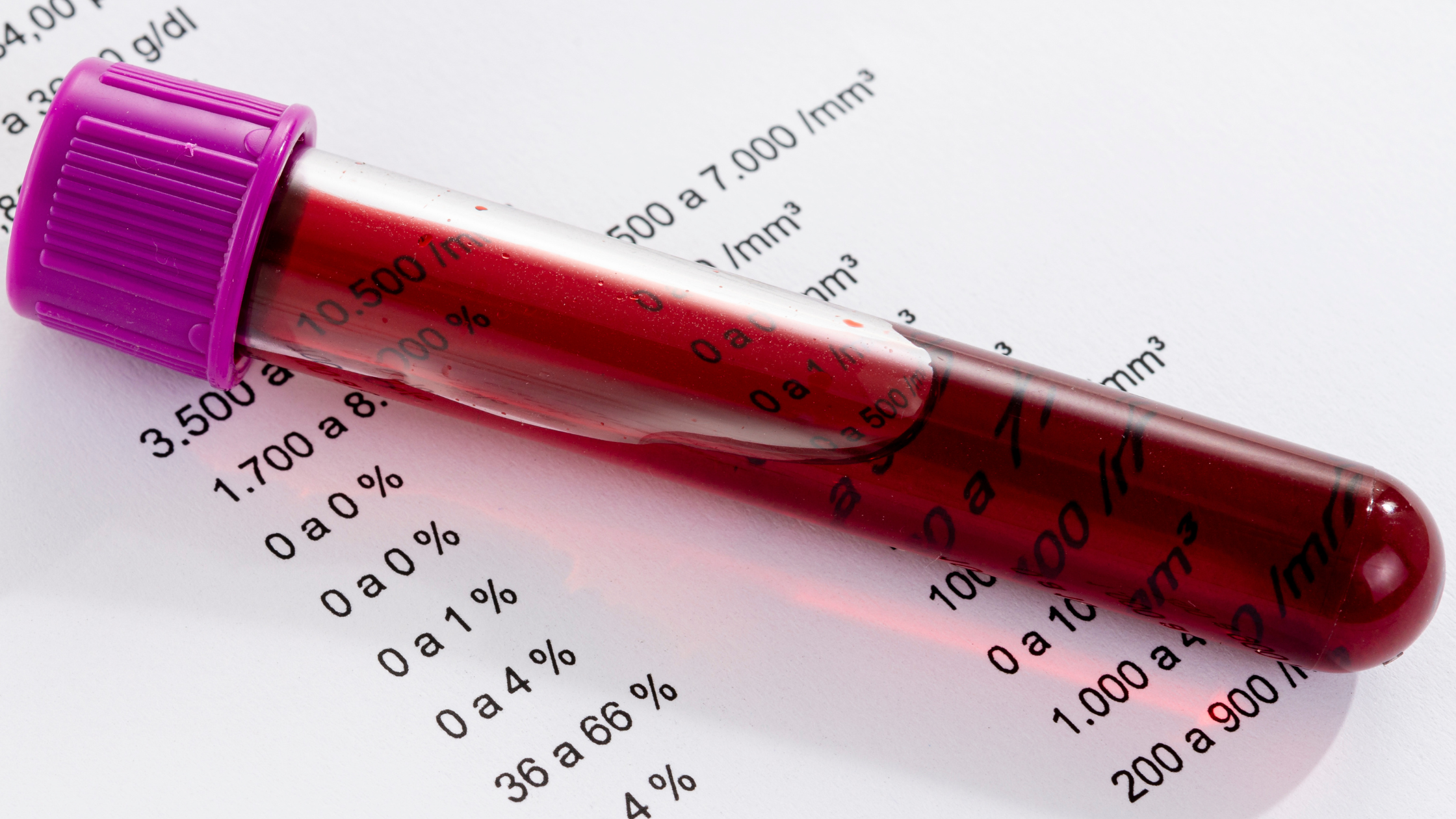Best-in-class anti-CD38 therapy for ITP
Interview with Dr David Kuter, distinguished physician, Massachusetts General Hospital and Professor of Medicine at Harvard Medical School.
Estimated reading time: 7 minutes

Professor of Medicine at Harvard Medical School, Dr. David Kuter shares how a novel therapy targeting CD38 receptors is showing promising results for those living with immune thrombocytopenia (ITP), and how this new drug in the pipeline is one to watch for other rare haematological disorders
IN THE PIPELINE:
PHASE 2 TRIAL EVALUATING MEZAGITAMAB (TAK-079)—TAKEDA PHARMACUETICAL
Dr. David Kuter is a distinguished haematologist with an impressive 35-year tenure as head of haematology at Massachusetts General Hospital and a professor of medicine at Harvard Medical School. With nearly 50 years of experience treating patients with low platelet counts, and over 350 peer-reviewed publications to his name, David has been at the forefront of research and clinical innovation in immune thrombocytopenia (ITP) and related disorders. His groundbreaking work includes the discovery 30 years ago of thrombopoietin, a hormone that regulates platelet production. This research led to the development of several key drugs for ITP, including romiplostim, eltrobopag and avatrombopag. David continues to combine both his clinical and research interests today, seeing around 20 patients with ITP weekly, maintaining a direct clinical connection that informs his research.
As an international expert in the field, David has been instrumental in transforming ITP treatment from the historical surgical approach (splenectomy) to sophisticated medical therapies that target platelet production and immune system regulation. His current research in partnership with Takeda Pharmaceuticals focuses on developing more targeted, patient-friendly treatments that offer the potential for long-term remission with proven efficacy and minimal side effects.
What is immune thrombocytopenia (ITP)?
ITP is a complex autoimmune disorder that, as David describes, is fundamentally “a problem of platelets being destroyed inappropriately.” The condition is characterised by abnormally low platelet counts, typically falling below 100,000 platelets per microlitre, where the body’s immune system erroneously attacks and destroys platelets.
Diagnosing ITP requires careful clinical assessment of several key indicators. The most critical red flags emerge through a patient’s bleeding patterns and physical symptoms. Unexplained bruising, prolonged bleeding from minor injuries, and spontaneous nosebleeds serve as primary warning signs. Women may experience particularly heavy menstrual periods, which can be a significant indicator of the underlying condition. “But the symptoms of ITP go beyond just low platelet counts,” David expands, “patients can experience paradoxical thrombosis, fatigue and even cognitive dysfunction that mimics the effects of a modest stroke.” Laboratory testing plays a crucial role in definitive diagnosis. Low platelet counts raise initial concerns, with counts dropping below 20,000 signalling a critical need for immediate evaluation. Importantly, David emphasises that ITP is “not something that’s actually very hard to diagnose,” typically comprehensive blood tests and clinical evaluation (to rule out other potential causes of low platelet counts) indicate an ITP diagnosis. Instead, the complexity of ITP lies in its unpredictability.
Disease progression varies dramatically between patients. “In children, this is oftentimes a very limited disorder that lasts for a couple months and disappears,” David explains. For adults, the journey is more unpredictable, with only about one-third experiencing remission within a year.

The evolution of ITP treatment
To date ITP treatments primarily focused on two distinct approaches: increasing platelet production or decreasing platelet destruction. “We’ve gone from a surgical approach of taking out the spleen, to medical therapies, David explains. The first approach utilised thrombopoietin receptor agonists like romiplostim, eltrombopag and avatrombopag, which stimulate the bone marrow to produce more platelets, essentially helping patients compensate for the ongoing destruction.
The second approach targeted the immune system directly, using medications like corticosteroids, IVIG and rituximab to suppress the effect of antibodies attacking platelets. “Steroids work very well to decrease platelet destruction,” David notes, “but they come with significant side effects.” “If prednisone (a class of corticosteroid) had no side effects, we’d use it in everybody,” David notes, “but they can have many side effects.” IVIG is also rapidly effective in most patients but is quite costly. Both treatments typically provided temporary relief, with most patients requiring ongoing management. “Only about five to 10% of patients respond permanently to steroids and IVIG.” Rituximab aims to reduce antibody production by targeting specific immune cells and is effective in a little over half of patients but with its effects often decreasing over the subsequent year.
Despite many available medical therapies that greatly reduce the need for splenectomy, treatment remains challenging. This complexity has driven researchers to pursue the development of more targeted therapies, particularly for the approximately 25% of patients who do not respond well to standard treatments currently available.
New in class
The development of a new molecule, mezagitamab, represents a significant breakthrough in ITP treatment, emerging from David’s innovative research targeting CD38 receptors on immune cells. “Plasma cells make anti-platelet antibody. Our theory was to target CD38 on plasma cells in immune disease and make the antibody disappear,” David explains, highlighting the novel approach to treating this challenging condition. The phase one/two clinical trial focused on what David candidly describes as “really bad ITP”—chronic patients with extremely challenging disease progression. The study enrolled 41 patients with a median age of 45, who had experienced ITP for an average of 11 years and failed at least four prior therapies. “These are individuals who are most treatment-resistant to existing protocols.”
The trial’s design was meticulously structured, involving a randomised, placebo-controlled, double-blinded study with two distinct phases. Patients received subcutaneous injections weekly for 8 weeks at different dosage levels (100mg, 300mg and then 600mg dose), with researchers carefully tracking platelet counts, safety markers, and quality of life indicators.
The results were remarkably promising, with David highlighting that “80 to 90% of patients dosed with the highest dose of mezagitamab in the active therapy groups had a positive response, meaning the platelet count rose above 50,000.” Perhaps most surprisingly, the drug showed an unexpectedly rapid response. “Most patients showed a response within two days,” David notes how this rapid response challenged existing understanding of ITP treatment. “This quick action suggested a potentially unique mechanism of action, possibly involving NK cell regulation that could eliminate antibody-producing cells much faster than previously thought.” This finding has thrown up further avenues for greater research by David and his team.
The study’s most compelling outcomes went beyond just platelet counts. “Patients in active therapy had a marked increase in their quality of life versus placebo,” David emphasises, underlining the holistic impact of the treatment. This comprehensive approach—addressing not just medical metrics but patient experience and quality of life indicators—represents a significant advancement in ITP research. “The holy grail of ITP research is to give a therapy that’s finite, non-toxic, and makes the disease disappear,” David explains, “bringing improvements in fatigue, cognitive function and overall well-being, with more tolerable administration methods signify great progress.”
Expanding the scope—the broader implications of discovery
David believes that the development of mezagitamab extends far beyond ITP, potentially offering groundbreaking insights for treating multiple rare autoimmune conditions. “This drug works exceptionally well in ITP and could be transformative in other autoimmune cytopenia diseases,” Specifically, David identifies several promising candidate diseases for similar therapeutic approaches. “It should work very well in warm antibody hemolytic anemia (wAIHA), which is another unmet medical need with no approved therapy,” he notes.
Additionally, the research shows potential applications in anti-phospholipid antibody syndrome (also known as Hughes syndrome), suggesting a wider impact on complex autoimmune disorders.
The mechanism of targeting CD38 receptors represents a potentially revolutionary approach to understanding and treating autoimmune conditions. “We’re going from ITP as a surgical disorder to ITP as a medical disorder, and potentially to a curable condition,” David emphasises. This shift could fundamentally change how researchers approach treatment-resistant autoimmune diseases. While the immediate focus remains on ITP, David anticipates expanding research into these related conditions. “I am confident that these trials will emerge in the next year or so,” he predicts.
Connect with David
in the pipeline brings you the latest developments from the RARE pipeline. To access more in the pipeline articles click below.

